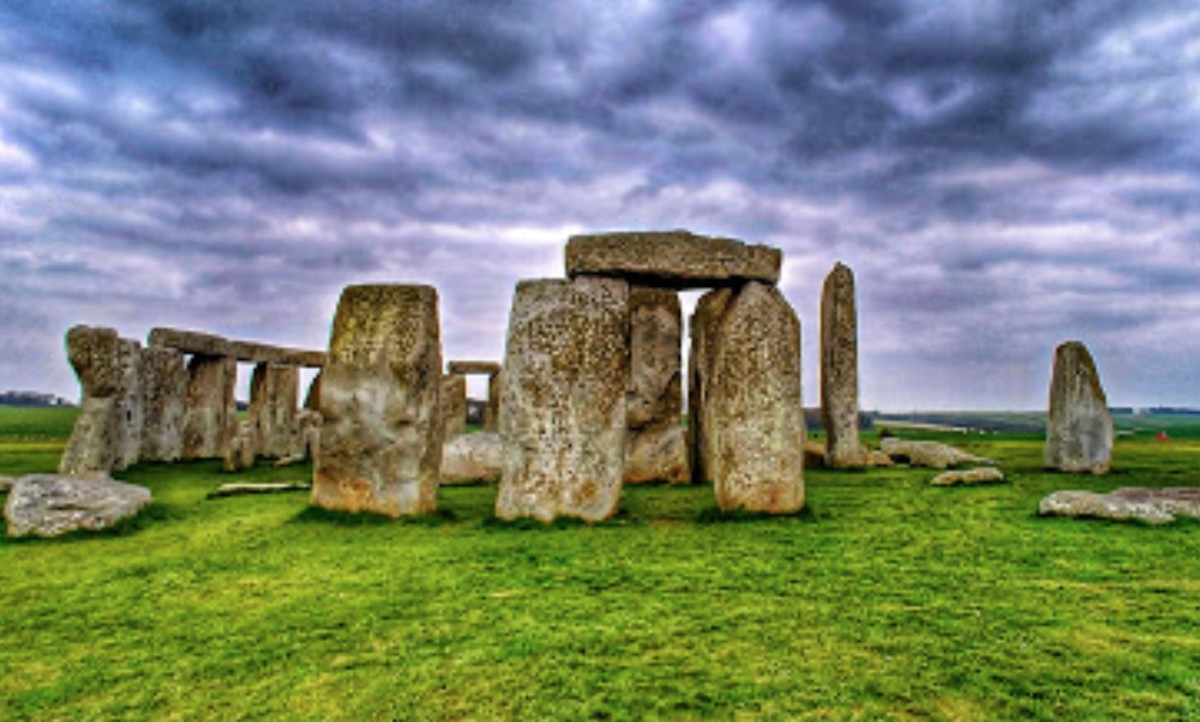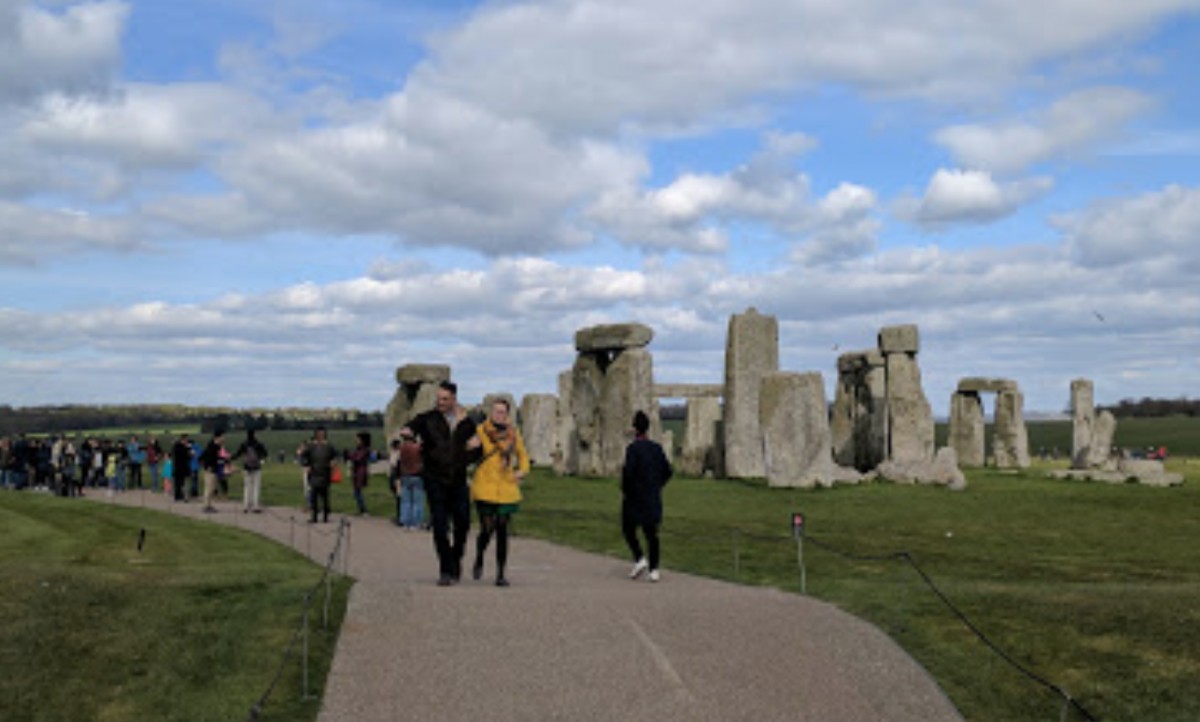South West England and Stonehenge
These are mostly rural areas, hidden so far in the west of the country that the attraction of London is not felt here. Cities with market squares and churches are scattered everywhere. The sea coast of South West England is the most ancient in geological terms. The major cities in the region are Bristol (in the north) and Plymouth (in the south). The countryside is home to flourishing cities, some of which date back to the time of the Roman Empire. And even earlier, primitive tribes lived here, their historical heritage is in the amazing monuments of Stonehenge and Avebury on the Salisbury Plain.

For a comfortable trip, many tourists prefer to use car rental services in the United Kingdom. The average cost of renting a car in Heathrow Airport is 15 euros per day, in Edinburgh Airport the cost of renting is nearly the same - from 14 euros per day.
The "far" west of England was inhabited by the Celts, who left Cornwall with outlandish geographical names. It was here in the VI century. The legend of King Arthur was born. Three hundred years later, a new country, England, grew out of the Wessex dominions of Alfred. King Alfred, having gathered an army, defeated the Danes in the very heart of the Somerset lowland. Further to the west lie the fertile red earths of Devon, as if dissected by two vast uplands - Exmoor and Dartmoor. Already their landscape gives an idea of the beauty of the local land, which is revealed in full force when approaching the coast of Cornwall. Stonehenge 14 km north of Salisbury is an ancient stone structure - Stonehenge.

This most famous prehistoric monument in Europe is included in the UNESCO World Heritage List. Archaeologists have been arguing about the purpose of the complex for many years. Versions vary: from the theory of the use of Stonehenge for sun worship and sacrifices to the hypothesis of the astronomical significance of the stones, which are a giant calendar. The stone construction, apparently, was built in stages. It all started around 3000 BC. e., when the outer protective shaft and ditch were made.

Within the ring, over the next millennium, limestone structures were erected. The boulders "come" from the chalk quarries in the Marlborough Downs, and the blue blocks for triliths, huge arches, "arrived" from afar - from the town of Preseli, in South Wales. Despite severe restrictions on access to the vaults of the famous prehistoric monument, Stonehenge remains a place of mystery. It is believed that the stones exude healing power, and, both in the old days and today, hundreds of people seek to get here on the days of the summer solstice.
